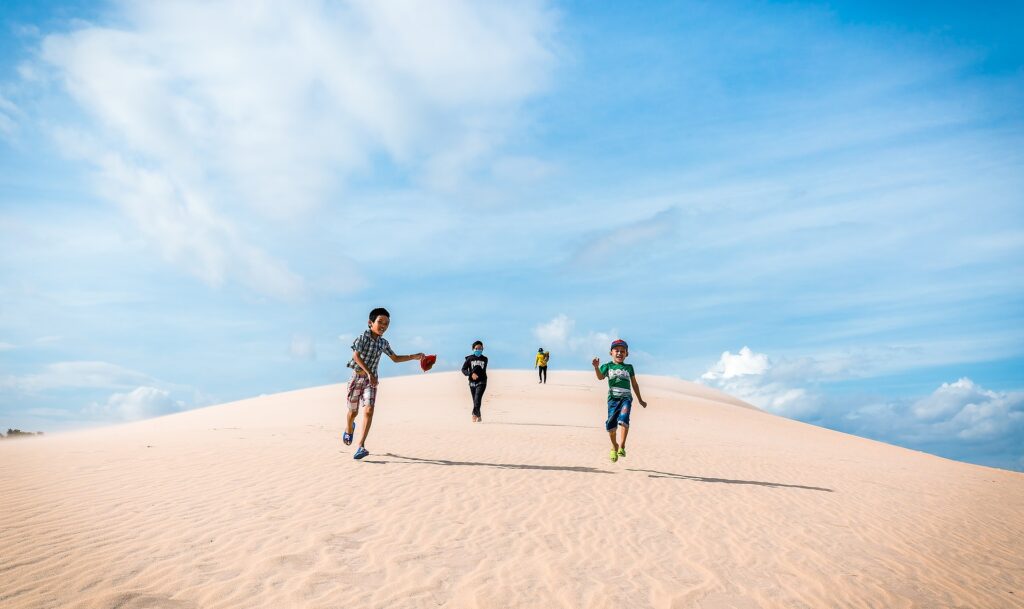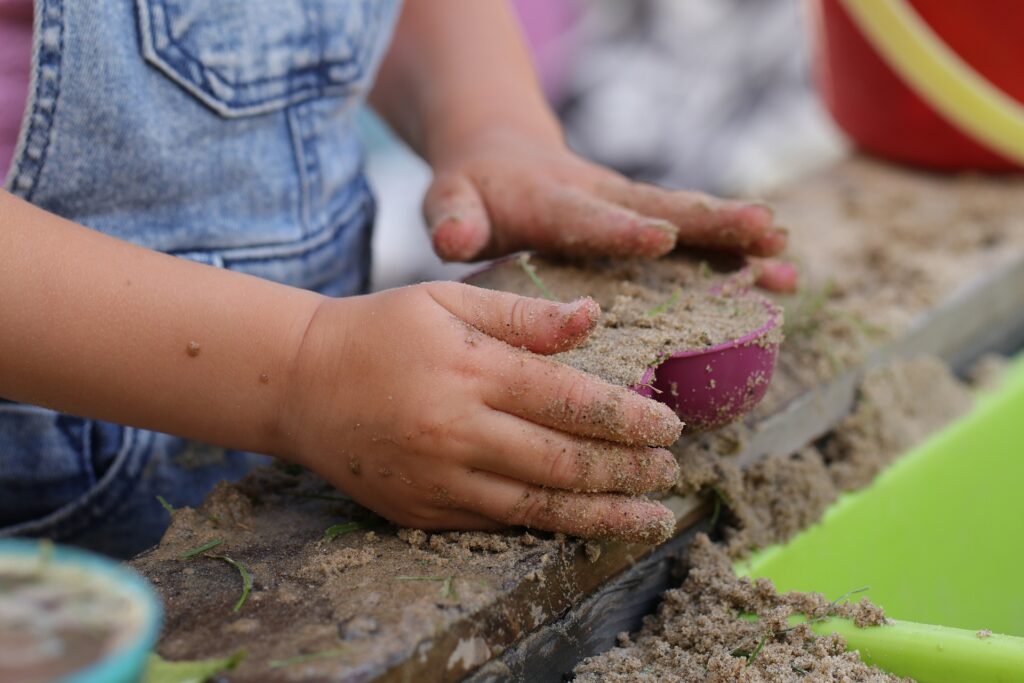Seasonal activities play an integral role in nurturing children’s development and sparking their curiosity about the world around them. Engaging nursery-aged children in seasonal activities not only fosters creativity and imagination but also promotes learning through play. Below are a variety of fun and educational activities tailored to each season, allowing educators and caregivers to make the most of nature’s changing landscapes.
Spring Activities
1. Seed Planting and Gardening
Spring signals new life, making it an ideal time for planting seeds. Provide small pots, soil, and various seeds—like flowers, herbs, or vegetables. Guide children through the process of planting, watering, and caring for their plants. This hands-on activity teaches responsibility, patience, and the science behind plant growth.
2. Spring Nature Walk
Organize a nature walk to observe the changes in the environment. Equip children with magnifying glasses and encourage them to look for budding flowers, emerging insects, and new leaves. Discuss the significance of each discovery, fostering an appreciation for nature and an understanding of ecosystems.
Summer Activities
3. Water Play Stations
Summer’s warmth invites water play, which is essential for sensory exploration. Set up various water stations—such as pouring, splashing, and floating objects. Add tools like cups, sponges, and small toys to encourage experimentation. This activity enhances fine motor skills, promotes social interaction, and provides insights into volume and buoyancy.
4. Summer Art: Nature Collage
Host an outdoor art session where children can collect leaves, flowers, and other natural items. Once gathered, they can glue these materials onto a paper canvas to create a nature collage. This crafty project fosters creativity while also sparking discussions about colors, shapes, and textures found in nature.
Autumn Activities
5. Leaf Rubbing Art
Autumn is synonymous with vibrant foliage. Gather fallen leaves of various shapes and sizes for a leaf rubbing activity. Place a leaf under a sheet of paper, and using crayons, let children rub over the paper to reveal the leaf’s outline. This serves as a fantastic introduction to art techniques and enhances children’s motor skills.
6. Pumpkin Exploration
Introduce pumpkins as an engaging way to learn about the fall season. Encourage children to feel and describe the texture of the pumpkin. Later, setup a small science experiment to compare the weight of different pumpkins or even carve a pumpkin for Halloween. This activity blends art, math, and science seamlessly while maintaining seasonal relevance.
Winter Activities
7. Winter Weather Experiments
As winter arrives, set up simple experiments to learn about snow and ice. Fill a tray with water, freeze it, and let children observe, touch, and discuss the properties of ice. You can also create ‘snow’ by mixing baking soda and water. Exploring the scientific aspects of winter fosters curiosity and encourages critical thinking.
8. Holiday Storytime
Winter is filled with cultural celebrations. Organize storytime sessions featuring books about various winter holidays, such as Christmas, Hanukkah, and Kwanzaa. Follow up with discussions and activities related to each celebration. This promotes diversity, cultural awareness, and literacy skills.
Conclusion
Incorporating seasonal activities in nursery settings enriches the learning experience by immersing children in nature’s cycles. From planting seeds in spring to indulging in holiday stories in winter, the presented activities foster growth, understanding, and creativity during each season. Educators and caregivers are encouraged to adapt these activities to fit their unique environments and enrich children’s educational journeys through the wonders of nature and seasonal changes.



